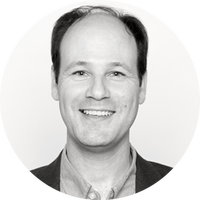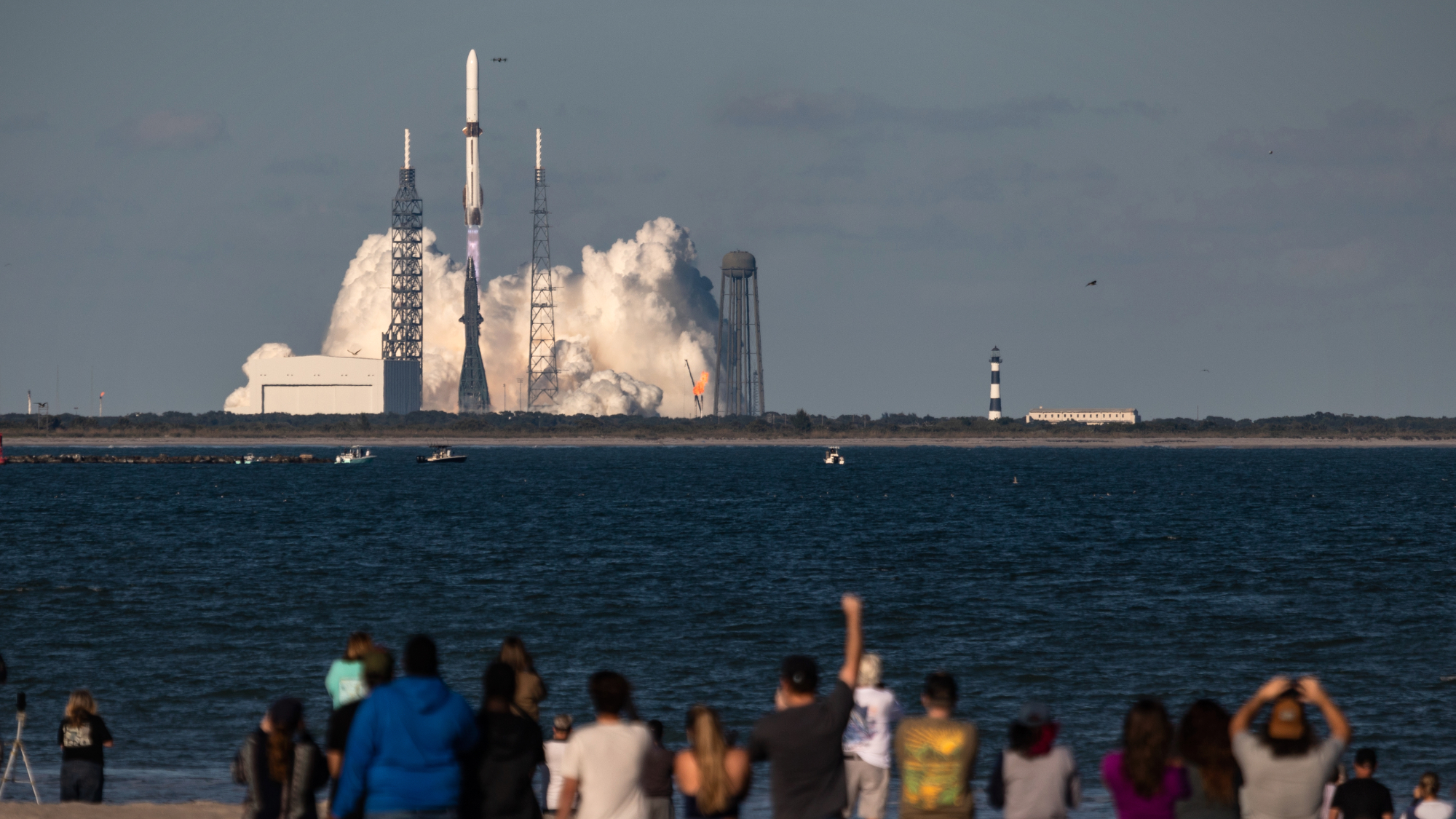Here's what the U.S. achieved with nuclear fusion and why it matters

U.S. officials on Tuesday formally announced that government scientists at Lawrence Livermore National Laboratory's National Ignition Facility had for the first time created a nuclear fusion reaction that produced more energy that it had consumed. Nuclear fusion is often called the "holy grail" of clean energy.

This fusion ignition is "one of the most impressive scientific feats of the 21st century," Energy Secretary Jennifer Granholm said in Washington. "Ignition allows us to replicate for the first time certain conditions that are found only in the stars and the sun," and "this milestone moves us one significant step closer" to having zero-carbon fusion energy "powering our society."
To create nuclear fusion — essentially producing a miniature star by fusing two hydrogen atoms together to form helium and energy — the Lawrence Livermore scientists pointed 192 lasers at a small container holding a pellet of deuterium-tritium fuel smaller than a peppercorn. They fired 2.05 megajoules of energy at the capsule, and the reaction returned 3.15 megajouls, or about 1.5 times more energy.
The Week
Escape your echo chamber. Get the facts behind the news, plus analysis from multiple perspectives.

Sign up for The Week's Free Newsletters
From our morning news briefing to a weekly Good News Newsletter, get the best of The Week delivered directly to your inbox.
From our morning news briefing to a weekly Good News Newsletter, get the best of The Week delivered directly to your inbox.
Astrophysicist Paul Sutter explained the process in greater detail on NBC News.

The Biden administration has an aspirational goal of a viable fusion power plant within a decade. But most scientists say commercial fusion power is decades away, at best, given the technical and logistical challenges of scaling up laboratory fusion and making it sufficiently cost- and energy-efficient.
Kim Budil, director of the Livermore Lab, said "very significant hurdles" remain before nuclear fusion is ready for commercial use, but she now believes it's just "a few decades" away, not 50 or 60 years, as previously expected.
"The old joke among physicists is: Fusion is 20 years off, and it always will be," PBS science correspondent Miles O'Brien noted on PBS NewsHour. Stephen Dean, president of Fusion Power Associates, said China, Britain, and the European Union are "way ahead" of the U.S., mostly using strong magnets to create fusion instead of lasers.
A free daily email with the biggest news stories of the day – and the best features from TheWeek.com
Steven Cowley, director of the Department of Energy's Princeton Plasma Physics Laboratory, told The Washington Post he's not sure if the magnetic fusion technique his lab uses or Lawrence Livermore's laser fusion will win, but "fusion is so important we should have at least two technologies vying for completion. One of them is going to end up the airplane, and one of them is going to end up the Hindenburg."
"Fusion is the most disruptive energy source we can ever make," Dennis Whyte, director of the MIT Plasma Science & Fusion Center, told the Post. "The fuel is inexhaustible. It is inherently safe and provides on-demand energy that is adaptable to our needs. On paper, it can supply our energy demands forever. Not many things look like that in the energy landscape."
Peter has worked as a news and culture writer and editor at The Week since the site's launch in 2008. He covers politics, world affairs, religion and cultural currents. His journalism career began as a copy editor at a financial newswire and has included editorial positions at The New York Times Magazine, Facts on File, and Oregon State University.
-
 Blue Origin launches Mars probes in NASA debut
Blue Origin launches Mars probes in NASA debutSpeed Read The New Glenn rocket is carrying small twin spacecraft toward Mars as part of NASA’s Escapade mission
-
 Why scientists are attempting nuclear fusion
Why scientists are attempting nuclear fusionThe Explainer Harnessing the reaction that powers the stars could offer a potentially unlimited source of carbon-free energy, and the race is hotting up
-
 Dinosaurs were thriving before asteroid, study finds
Dinosaurs were thriving before asteroid, study findsSpeed Read The dinosaurs would not have gone extinct if not for the asteroid
-
 SpaceX breaks Starship losing streak in 10th test
SpaceX breaks Starship losing streak in 10th testspeed read The Starship rocket's test flight was largely successful, deploying eight dummy satellites during its hour in space
-
 Rabbits with 'horns' sighted across Colorado
Rabbits with 'horns' sighted across Coloradospeed read These creatures are infected with the 'mostly harmless' Shope papilloma virus
-
 Why does the US want to put nuclear reactors on the moon?
Why does the US want to put nuclear reactors on the moon?Today's Big Question The plans come as NASA is facing significant budget cuts
-
 Lithium shows promise in Alzheimer's study
Lithium shows promise in Alzheimer's studySpeed Read Potential new treatments could use small amounts of the common metal
-
 Scientists discover cause of massive sea star die-off
Scientists discover cause of massive sea star die-offSpeed Read A bacteria related to cholera has been found responsible for the deaths of more than 5 billion sea stars



